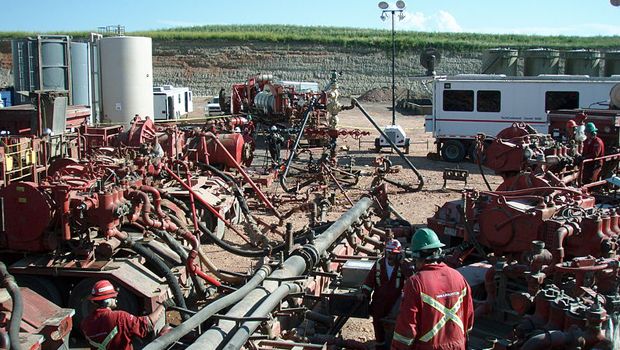
Though the process known as fracking, shale gas fracking or oil fracking has been in use since the 1940s, the definition of fracking is not that straightforward. Read through our handy guides for a real definition of fracking.
Fracking is a slang term for hydraulic fracturing. Fracking involves the injection of fluid into rock formations, which causes cracking and fracturing, which in turn allows trapped oil and gas to be extracted.
Fracking fluid is, in simple terms, a mixture of water and specialised chemicals designed to crack rocks and rock formations. For example, some fracking fluids contain hydrochloric acid, which can etch and cut cracks in some rocks much faster than pure water. Other frequently used fracking fluid additives include specialised friction reducers, biocides and emulsifiers, although these are typically used in small amounts. Fracking fluid is typically around 99% water.
Let’s take the definition of fracking a little deeper.
In addition to chemical additives, special materials called proppants are added to the hydraulic fracking fluid. These are small lumps of solid material designed to enter the cracks made by the liquid, and to hold them open after the fracking fluid is drained out, ensuring that all available oil and gas remains accessible. Fracking proppants are deployed in gel, foam, and slickwater varieties, depending on the fracking terrain.
Radioactive tracer isotopes are sometimes used in order to assist in the mapping and location of the cracks created. Short half-life isotopes are typically used, to ensure that there is no radioactive pollution. The most common tracer isotope is Lanthanum-140, which has a half life of 40.2 hours, so it is all but undetectable within a week of use.

Be the first to comment on "Something in the water? Here is a definition of Fracking Fluids"